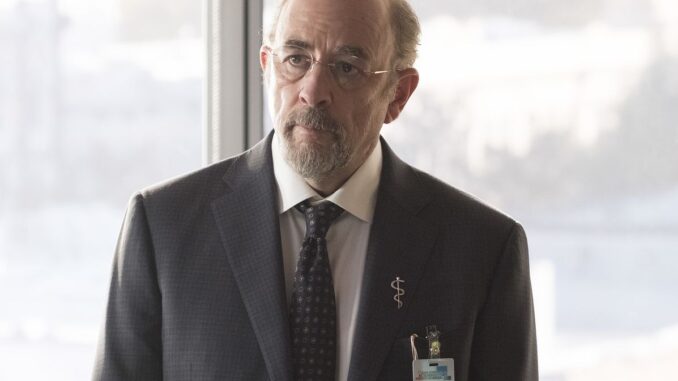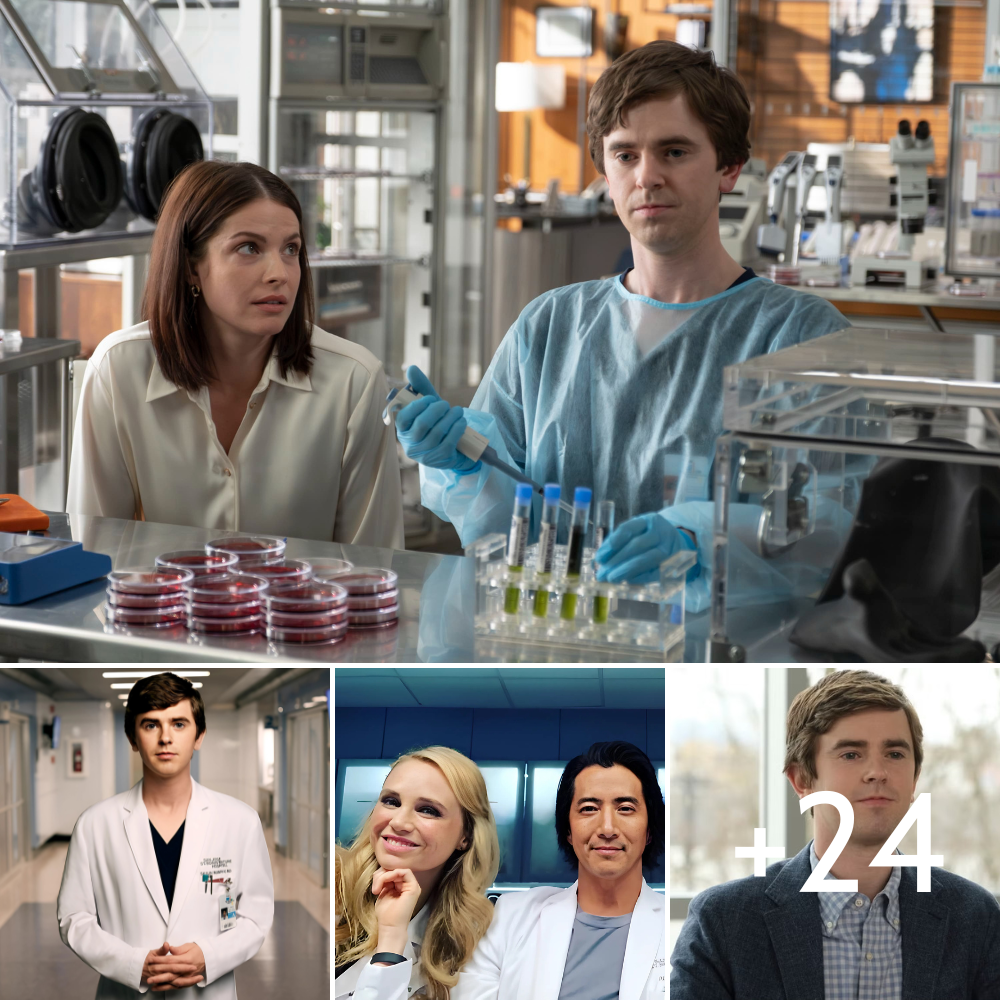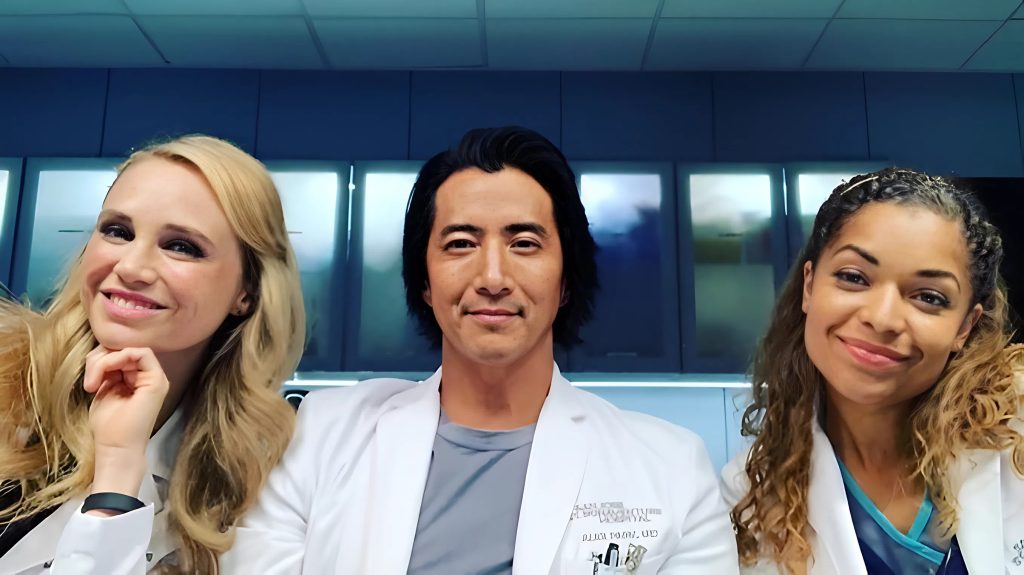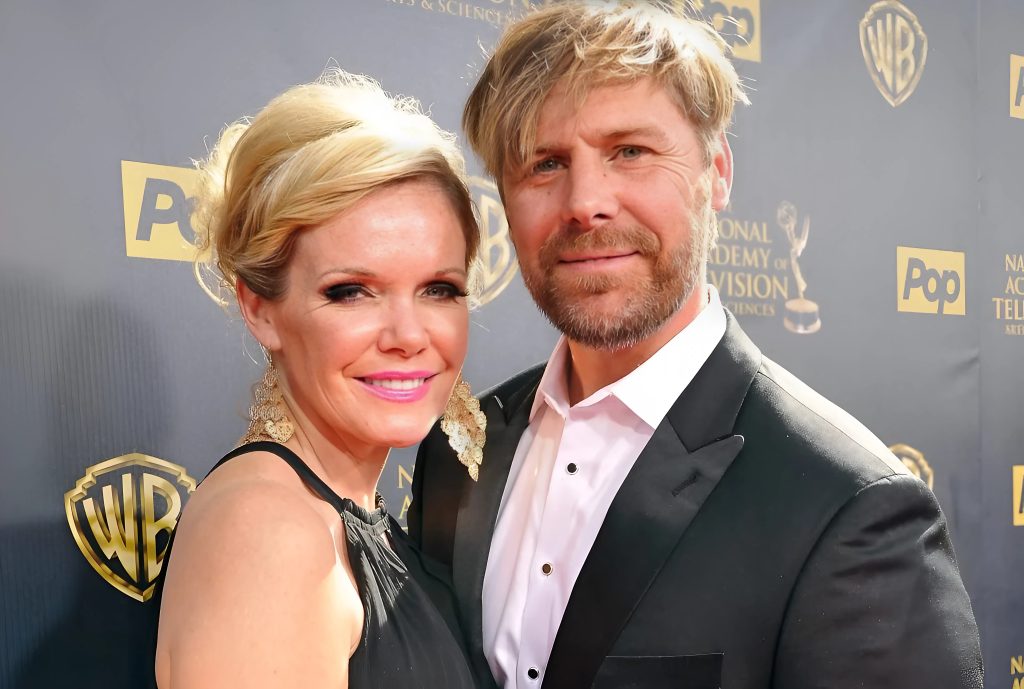
When The Good Doctor premiered in 2017, few could have predicted just how quickly it would capture the hearts of viewers worldwide. Led by Freddie Highmore’s masterful portrayal of Dr. Shaun Murphy, a young surgeon with autism and savant syndrome, the series struck a delicate balance between medical intrigue and emotional storytelling. As the show entered its second season, however, it became clear that change was on the horizon—both in the hospital halls and behind the scenes.
One of the most significant developments in Season 2 was a shift in the cast. While fans had grown attached to the original ensemble, the decision was made to part ways with certain characters. Dr. Jared Kalu, played by Chuku Modu, exited early in the season, leaving fans surprised and curious about how the writers would fill the gap. His departure signaled the show’s willingness to take risks and adapt its dynamics, ensuring that storylines never became stagnant.
At the same time, The Good Doctor introduced new characters who brought fresh perspectives to the surgical team. Dr. Alex Park, portrayed by Will Yun Lee, joined the hospital as a former police officer turned doctor, adding layers of grit and pragmatism to the medical cases. Meanwhile, Dr. Morgan Reznick, played by Fiona Gubelmann, quickly became a standout figure with her competitive edge and sharp wit. Their arrival shifted the balance within the hospital, sparking new tensions and relationships that pushed the narrative in unexpected directions.
Season 2 also placed greater focus on Shaun’s journey of personal growth. While the first season highlighted his struggle to prove himself as a capable surgeon despite the skepticism of his peers, the second explored his interpersonal relationships and emotional challenges. Viewers watched Shaun navigate friendship, trust, and even the complexities of budding romance, making his character feel more multidimensional than ever.
Behind the camera, showrunner David Shore continued to emphasize authenticity in portraying autism, a cornerstone of the series’ success. The writers worked carefully to ensure that Shaun’s experiences felt genuine and respectful, steering clear of stereotypes while also acknowledging the difficulties he faced in a demanding environment. This commitment earned the show continued praise from both critics and advocacy groups.
Another notable change came in the structure of the storytelling. Season 2 leaned into longer, more intricate arcs, balancing episodic medical cases with overarching narratives that developed over several episodes. This approach deepened the drama while allowing the characters to evolve in more organic ways, keeping audiences invested week after week.
Ultimately, the second season of The Good Doctor proved that the series was more than a breakout hit—it was a show capable of growth and reinvention. By refreshing its cast, expanding its storylines, and delving deeper into Shaun’s personal world, it avoided the pitfalls of predictability that many medical dramas face. For fans, these changes weren’t just adjustments; they were a sign that the series was committed to challenging itself while staying true to its heart.


